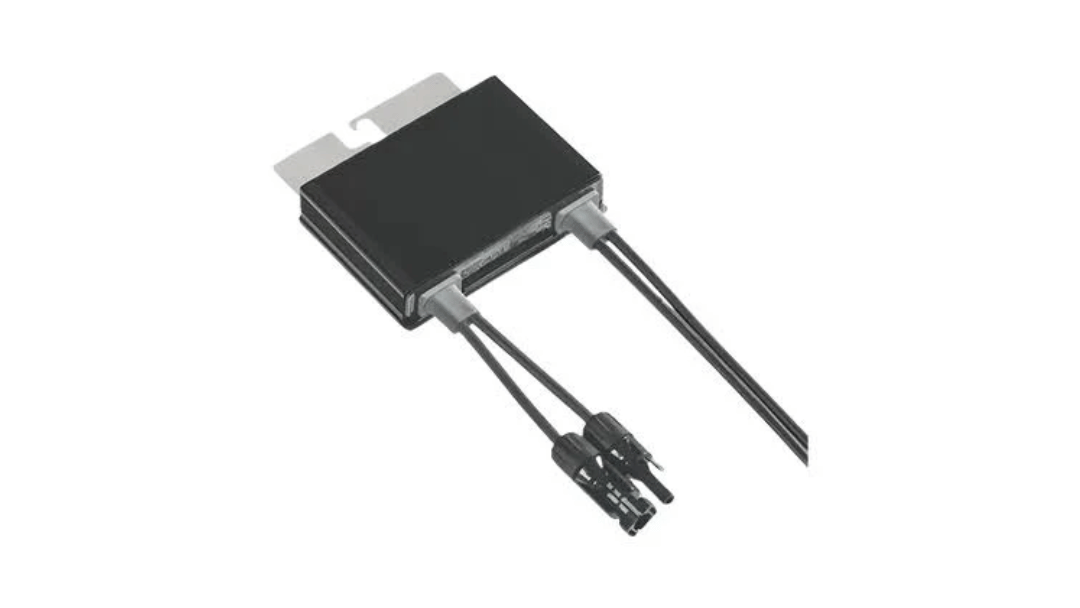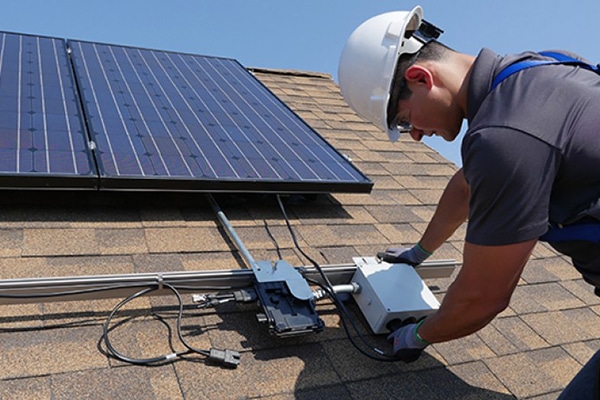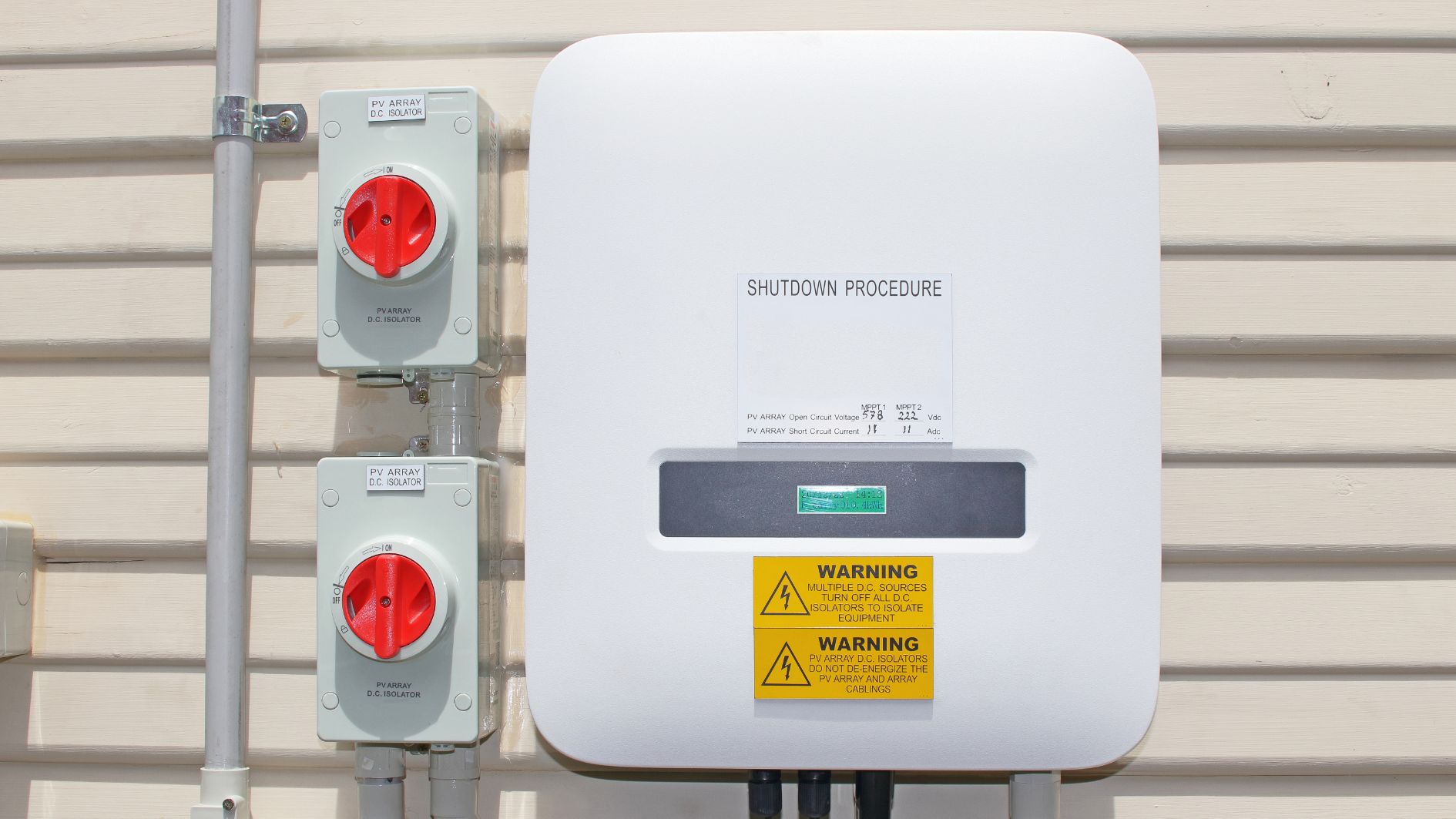Image source: Canva.com
When evaluating your solar system equipment, solar panels aren’t the only important component to consider. Solar inverters play a crucial role by converting the electricity generated by your solar panels into a usable form for your home’s appliances, lighting, and electronics. Understanding how solar inverters work and the types available will help you make an informed decision. SolarWiki can assist you in comparing solar quotes once you’re familiar with these details.
How Solar Inverters Work in a PV System
When sunlight hits your solar photovoltaic (PV) system, it causes electrons in the solar cells to move, generating direct current (DC) energy. This energy is collected by circuits within the cells. However, since most homes use alternating current (AC) energy, the DC energy produced by your solar panels must be converted. This is where the solar inverter comes in. It transforms the DC energy into AC energy, making it suitable for powering your home’s appliances and electronics. Additionally, any excess electricity can be fed back into the grid.
Comparing Solar Inverter Technologies
All inverters convert DC energy from solar panels into AC energy for your home, but there are three main types of solar inverter technologies: string inverters, string inverters with power optimizers, and microinverters.

Understanding String Inverters in Solar Energy Systems
String Inverters: Standard Centralized Inverter
Most small-scale solar energy systems use a string inverter, also known as a “central” inverter. In this setup, each panel is wired into a “string,” and multiple strings can be connected to a single inverter. The central inverter, typically located on the side of your home, garage, or basement, converts the collected DC energy into AC energy.
Pros
- Lowest-cost option
- Durable and easy to maintain
Cons
- Performance of the entire string can be affected by shading or other issues on one panel
- Less suitable for complex system designs or roofs with regular shading
Best for
- Simple roofs with consistent sunlight
- Homeowners seeking lower-cost solar PV systems

What Are DC Power Optimizers and How Do They Work?
Power Optimizers: Panel-Located Option Paired with a String Inverter
Power optimizers are installed next to individual solar panels and work with a centralized string inverter. They “condition” the DC electricity by adjusting the voltage before sending it to the inverter.
Pros
- Improves efficiency in shading scenarios
- Provides panel-level performance monitoring
- Lower cost than microinverters
Cons
- More expensive than standard string inverters
- Can be more difficult to maintain
Best for
- Homes with slightly complex roofs or occasional shading
- Homeowners willing to pay more for increased system performance

Essential Insights About Microinverters
Microinverters: High-Performance at a Higher Cost
Microinverters are installed at each solar panel, converting DC to AC right at the source. This distributed approach offers several advantages, especially for complex system designs or shaded areas.
Pros
- Optimizes each panel’s output individually
- Ideal for complicated roofs or shading
- Allows for panel-level monitoring
Cons
- Significantly higher cost
- More difficult to maintain due to roof installation
Best for
- Systems with panels facing multiple directions
- Homeowners looking to maximize solar production in limited space
- Properties with complex roof designs
Choosing the Best Inverter Option for Your Home
Now that you understand the different types of solar inverters, you can decide which one is best for your solar PV system. Not all system designs are suitable for string inverters, and investing in optimizers or microinverters may not always be necessary. Ultimately, the right choice depends on your specific situation and needs.





